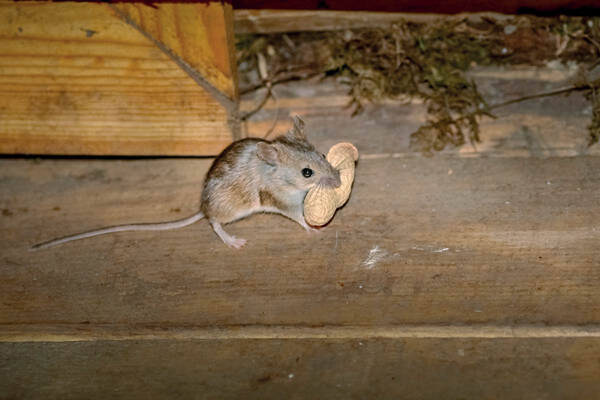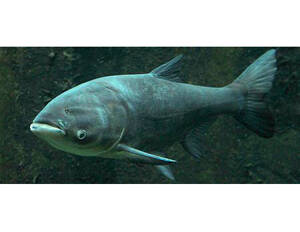
Hypophthalmichthys harmandi
Hypophthalmichthys harmandi,Silver carp, silver carp
Hypophthalmichthys harmandi Sauvage, 1884 is a species of the genus Hypophth···
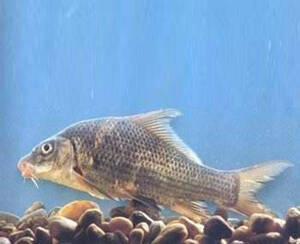
Procypris mera
Procypris mera ,Black carp, black carp, black crucian carp, black hook, black carp
The Latin name of the black carp is Procypris mera (S. Y. Lin, 1933), and it···
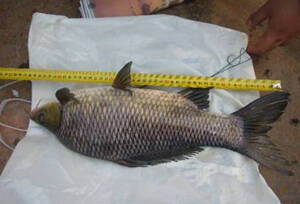
Procypris rabaudi
Procypris rabaudi,Rock carp,Water carp, black carp, rock carp, black carp
The Latin name of rock carp is Procypris rabaudi, and its foreign name is Ro···

Mesocyprinus fuxianensis
Mesocyprinus fuxianensis
Fuxian carp (scientific name: Mesocyprinus fuxianensis), a fish of the class···
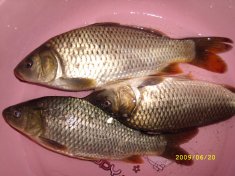
Cyprinus micristius
Cyprinus micristius,Caihu, Ma fish, Mabian fish, medium carp
Small carp (scientific name: Cyprinus (Mesocyprinus) micristius) is a specie···
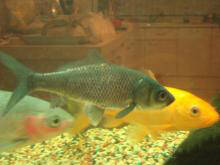
Cyprinus pellegrini
Cyprinus pellegrini,Bighead fish, Luyu, Jiangchuan bighead fish, Bell's carp
The Latin name of big-headed carp is Cyprinus pellegrini, which belongs to t···
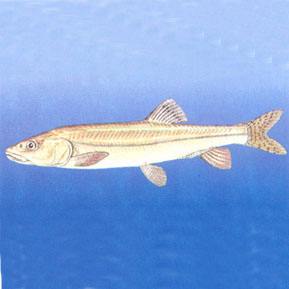
Oxygymnocypris stewartii
Oxygymnocypris stewartii,Naked carp
The Latin name of sharp naked carp is Oxygymnocypris stewartii. It is a fish···
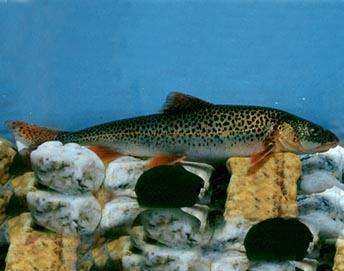
Diptychus maculatus Steindachner
Diptychus maculatus Steindachner,Cucumber fish, stick fish
Diptychus maculatus Steindachner is a small cold-water fish.Diptychus macula···
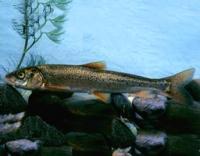
Gymnodiptychus pachycheilus
Gymnodiptychus pachycheilus,Heavy lip flower fish, hemp fish, stone flower fish
Thick lip naked lip fish scientific name Gymnodiptychus Pachycheilus, belong···
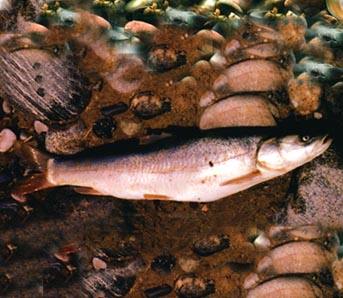
Aspiorhynchuslaticeps
Aspiorhynchuslaticeps,Big-Head Schizothoracin,Xinjiang big head fish, big head fish, tiger fish
Flat kiss fish Latin scientific name ASPIORHYNCHUSLATICEPS, foreign name Big···
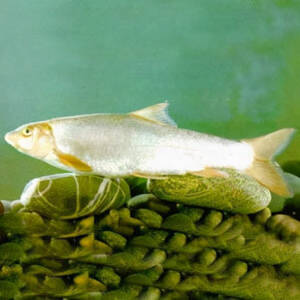
Schizothorax taliensis
Schizothorax taliensis,Dali bow fish, bow fish, rod fish
Dali Latin name Schizothorax Taliensis is a carp family and cracked fish.Dal···
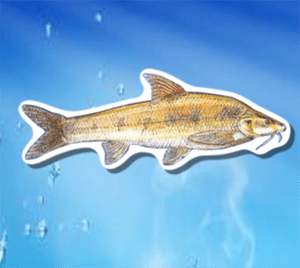
Schizothorax(Racoma)biddulphi
Schizothorax(Racoma)biddulphi,Tarim schizothoracin,Pointed mouth fish
Tarima Latin Name SchizoThorax (Racoma) Biddulphi (Günther, 1876), two meth···

schizothoraxwaltoniregan,
schizothoraxwaltoniregan,Pointed mouth
SchizothoraxWaltoniregan belongs to the cracks and belly fishya, which is on···
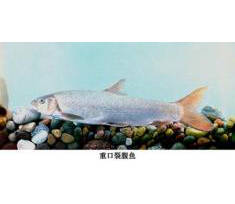
Schizothorax davidi
Schizothorax davidi,Racoma davidi,Heavy -duty fine -scale fish, elegant fish, heavy mouth, heavy lip and fine -scale fish, fine turtles
Schizothorax (Racoma) Davidi (Sauvage, 1880) is a fish that belongs to the g···
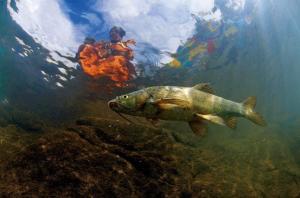
Schizothorax macropogon
Schizothorax macropogon,Giant beard bow fish, beard fish
Giant Behavior Fish Latin Name Schizothorax Macropogon is a kind of fish tha···
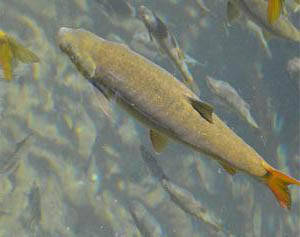
Schizothorax chongi
Schizothorax chongi,
Schizothorax Chongi (fang), which is a fine -scale split -abdomen, is a uniq···
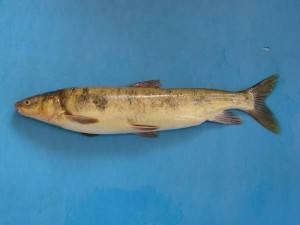
Platypharodon extremus
Platypharodon extremus,Wide tooth schizothoracin,Flat -pharyng tooth fish, small mouth fish, catfish, grassfish
Polar flat pharyngeal fish Latin scientific name PlatyPharodon Extiremus, fo···

Chuanchia labiosa
Chuanchia labiosa,Huanghe naked carp,Big mouth catfish, sperm, flower fish, Yellow River fish
Bone Lip Yellow River Fish Latin scientific name Chuanchia Labiosa, foreign ···
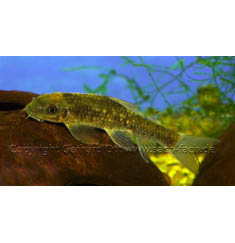
Epalzeorhynchos bicornis Wu
Epalzeorhynchos bicornis Wu,Red Eye Fish, Kok Fish
Corporal Latin scientific name EpalzeorHynachos Bicornis & Nbsp; WU is a···
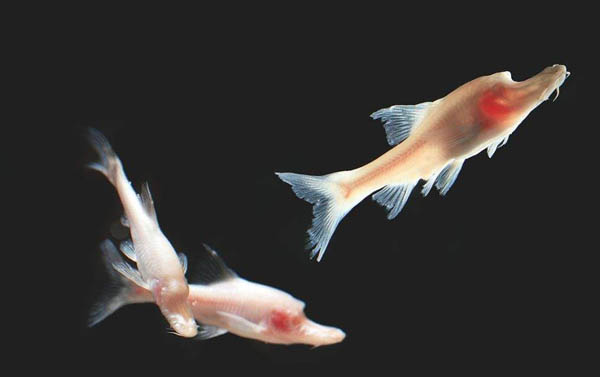
Typhlobarbus nudiventris
Typhlobarbus nudiventris
The Latin name of naked blind barb is Typhlobarbus nudiventris, a fish of th···
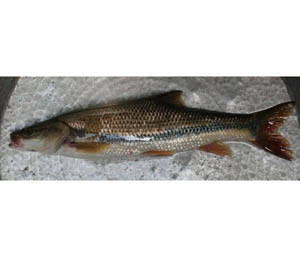
Percocypris tchangi
Percocypris tchangi
The Latin name of Zhang's perch is Percocypris tchangi, and the specific···
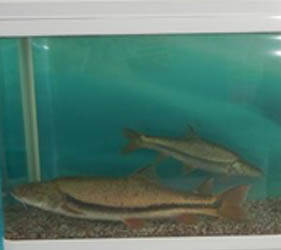
Percocypris pingi retrodorsalis
Percocypris pingi retrodorsalis,Flower fish, back perch
The Latin name of the retrodorsalis percocet is Percocypris pingi retrodorsa···
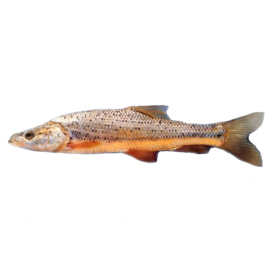
Percocypris pingi regani
Percocypris pingi regani
The Latin name of the spotted carp is Percocypris pingi regani, a species of···
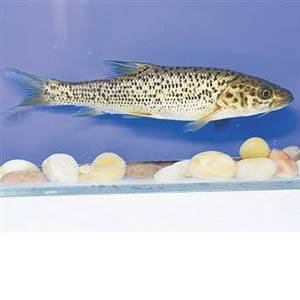
Percocyprispingi
Percocyprispingi,Big flower fish, leopard flower fish
Jinsha perch carp, Latin name Percocyprispingi, is a precious, rare and uniq···
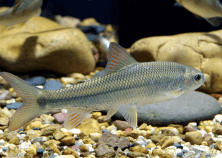
Scaphesthes macrolepis
Scaphesthes macrolepis,Largescale shoveljaw fish,Money fish, white-armored fish, red-scaled fish, multi-scaled shovel-jawed fish, multi-scaled proboscis fish
The Latin name of the multi-scale white snapper is Scaphesthes macrolepis, a···
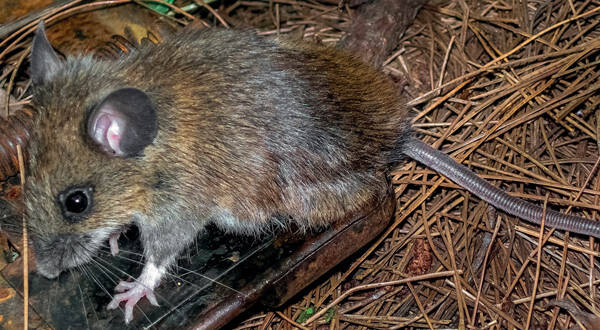
Apodemus peninsulae
Apodemus peninsulae,Wood mouse, mountain mouse, Korean wood mouse
The Great Wood Mouse belongs to the Murinae subfamily, and its species-level···
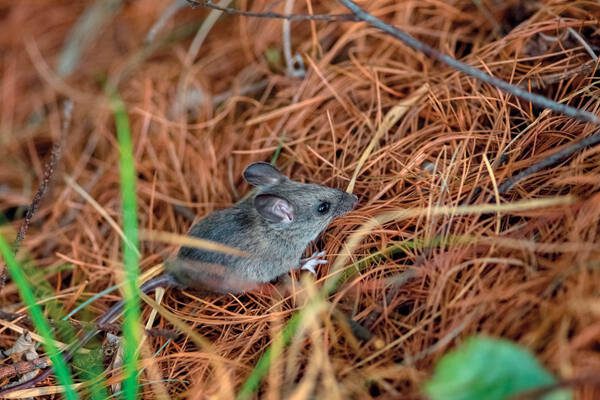
Apodemus latronum
Apodemus latronum
The big-eared field mouse belongs to the subfamily Murinae. This species is ···
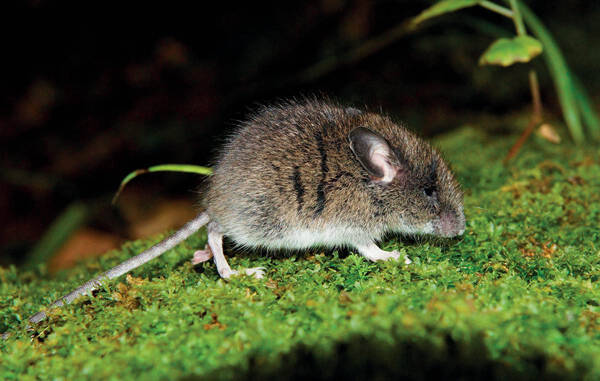
Apodemus ilex
Apodemus ilex
The Lancangjiang Apodemus belongs to the Murinae subfamily. The taxonomic st···
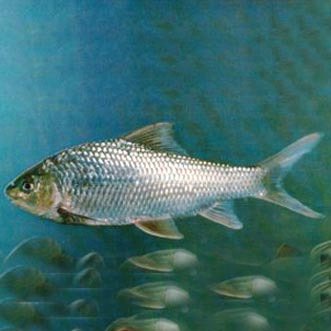
Onychostoma angustistomata
Onychostoma angustistomata,Small mouth white nail, sharp mouth white nail, wax brown
The Latin name of Sichuan white snapper is Onychostoma angustistomata. It is···

